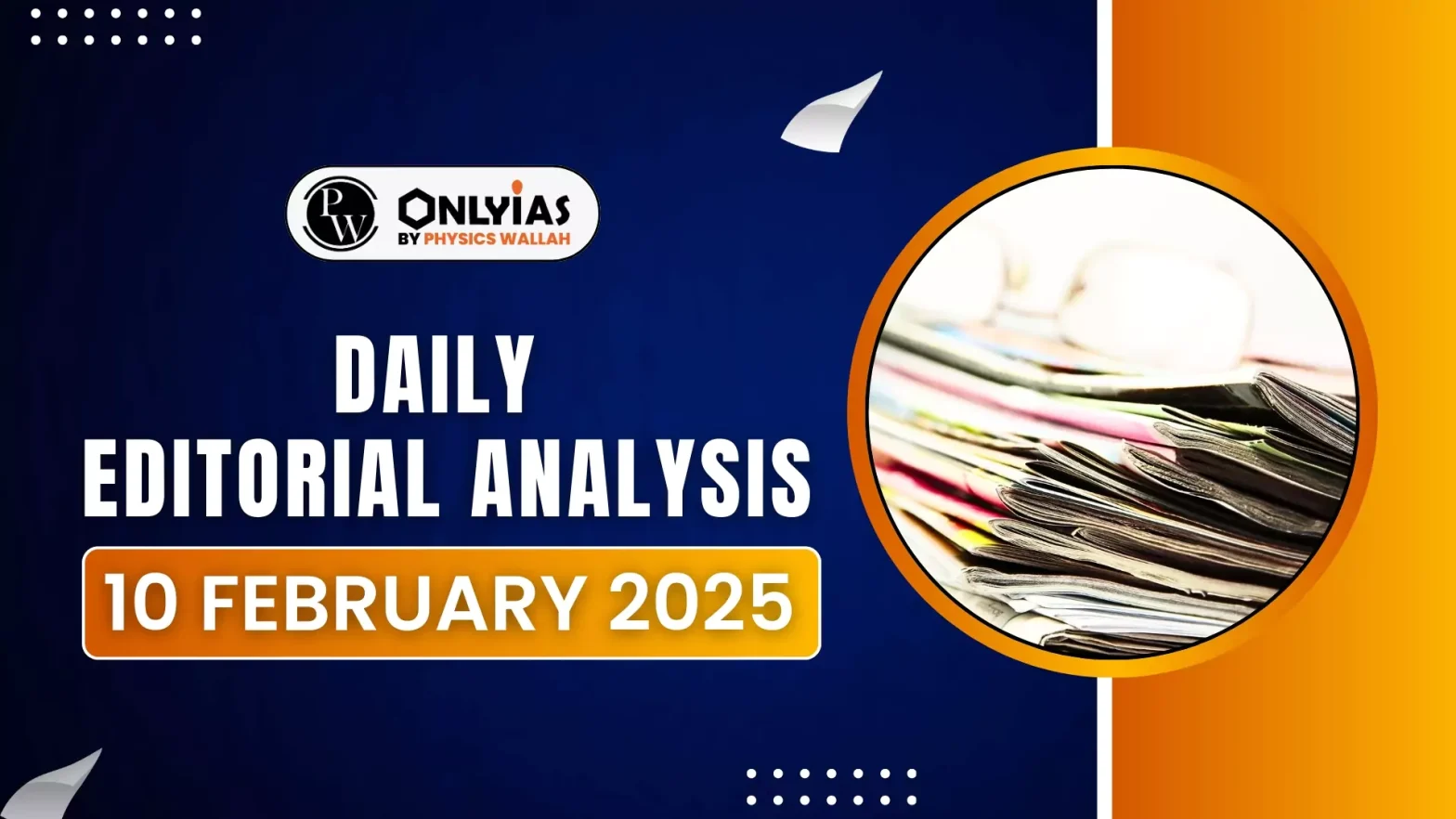Breakdown of the Post-1945 World Order
- Violence in Different Parts of the Word: The present global scenario is marked by increasing violence in various parts of the world, including Europe and West Asia. The ongoing conflicts, particularly in Ukraine, Gaza, and other parts of West Asia, highlight the breakdown of the world order established after 1945.
- International Authorities: The United Nations Security Council and the International Court of Justice have largely become passive observers, if not complicit in these crises.
- Decline of Universal Principles in International Law: This reality signals the disintegration of once-cherished principles of international law, as articulated by thinkers like Hugo Grotius.
- The concept of a “common moral community” governed by universal principles of right and wrong now seems like a relic of history.
Enroll now for UPSC Online Classes
False Hope of Peace in West Asia
- Aim for Stability: In recent times, geopolitical actions in West Asia, particularly by Israel and the United States, have been interpreted as steps toward lasting peace.
- The ongoing wars in Gaza and Lebanon, alongside efforts to weaken the Iran-led ‘Axis of Resistance,’ have been seen as efforts to establish long-term stability.
- False Peace: However, these actions may prove to be short-lived and could be considered “pyrrhic victories.”
- The region is experiencing a surge in covert activities, and the outcome of these events remains uncertain. The belief that peace is imminent in the region is far from assured.
Islamist Terrorism Is An Evolving Threat
- Past to Present: Islamist terrorism has been evolving since 1979, marking a pivotal turning point. This year saw the rise of militant Islam in both Sunni and Shia forms.
- Case of Iran and Afghanistan: In Afghanistan, the Sunni radicalization gave rise to al-Qaeda, while in Iran, the Shia variant led to a different but equally violent movement. These groups sought to inspire uprisings across the Muslim world to overthrow what they considered “infidel” regimes.
- Terrroism 3.0?: The formation of al-Qaeda and ISIS, both of which focused on global jihad, further amplified the reach of extremist ideologies. However, the goals of these groups have evolved, and today, global jihad is no longer their primary objective.
- Resurgence of Terrorism: Both al-Qaeda and ISIS have shown signs of resurgence. Al-Qaeda has restarted its training camps in Taliban-controlled Afghanistan, and the ISIS affiliate in the region, the Islamic State in Khorasan Province (ISKP), is expanding its reach beyond Afghanistan and Pakistan.
- A Global Concern: There have been increasing attacks in countries such as Moscow, Iran, and Turkey, as well as a growing number of incidents in Pakistan, Bangladesh, Malaysia, Singapore, and Thailand.
- Lone Wolf Attack: There is also a rise in ‘lone wolf attacks’ which refer to acts of terrorism carried out by an individual influenced by an ideology acting independently, without direct support from a larger organization.
- Digital Age: Despite efforts to curb it, Islamist terrorism remains a global menace, especially in the digital age, where it is radicalizing individuals online. Today’s terrorist groups are more decentralized, digitally empowered, and adaptable than ever before.
Recent Terror Attack
- In January, there was an explosion in a Tesla cyber truck in Las Vegas, outside the hotel in which President Donald Trump was staying. It was linked to a former U.S. Special Forces operative.
- This was followed by an attack in New Orleans, where a military veteran drove a truck into a crowd, killing 14 people.
- These incidents, involving military-trained individuals, have raised concerns about the resurgence of IS-style terrorism. The fact that terrorist organizations are increasingly recruiting individuals with military backgrounds is particularly alarming.
- Additionally, reports suggest that these groups are utilizing modern technology, such as Artificial Intelligence, to recruit and radicalize new members.
|
Way Forward
- Curb Digital Radicalization: Tackle online platforms that promote extremist ideologies and ensure stricter monitoring of digital spaces.
- AI-Based Counter-Terrorism Strategies: Utilize artificial intelligence to predict, detect, and prevent terrorist activities, enhancing response efficiency.
- Analysis of West Asian Politics: Continuously monitor political developments in West Asia to understand and mitigate regional terrorism dynamics.
- Intelligence Sharing and Global Collaboration: Strengthen international cooperation and intelligence-sharing mechanisms among nations to combat transnational terrorism effectively.
Check Out UPSC NCERT Textbooks From PW Store
Conclusion
Global cooperation, vigilance, and a proactive approach to counter-terrorism are necessary to address this ongoing threat before it escalates further. The international community must not ignore the warning signs of a potential resurgence of global terrorism.
Ready to boost your UPSC 2025 preparation? Join PW’s UPSC online courses today!
![]() 10 Feb 2025
10 Feb 2025

